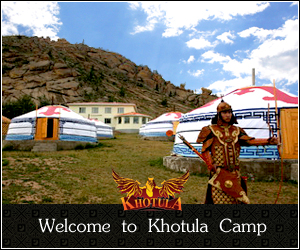
Animals adapted to all kind of ecosystems such as forest, steppe, desert, alpine, tundra, talus and water surrounding grove, have established themselves in Mongolia. Many animals, which are frequently spread throughout the Siberian taiga, European-type forests, western Asia and Turan desert, are included in the aforementioned animals. Also there are many endemic species, which are [...]
















